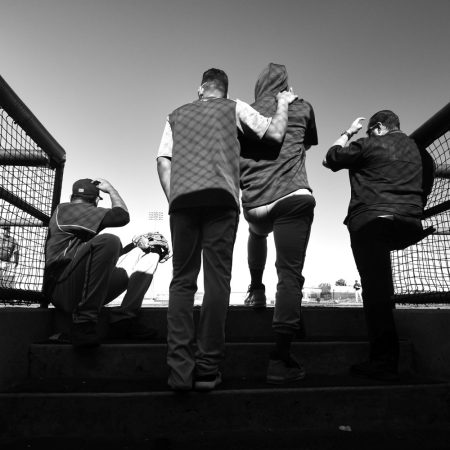There’s a chance, assuming you’ve paid some casual attention to the rise of psychedelic-assisted therapy over the last couple of years, that you’re a little confused by the sudden ubiquity of ketamine treatment. How does your kindergarten teacher of a neighbor suddenly have easy access to a dance floor hallucinogenic? Why are colorful ketamine clinics with catchy names now popping up across your city — and in your Instagram ads?
Well, while drugs like MDMA and psilocybin continue to seek FDA approval over the next few years, ketamine actually secured the distinction over 50 years ago. It was originally cleared for medical use as an anesthetic. The compound came to prominence during the Vietnam War, where battlefield medics relied on ketamine to keep heart and respiratory rates down in patients and keep them under during excruciating surgery.
It was long seen as a safe, highly effective anesthetic, until the last 20 years or so, when clinicians also began to note the drug’s antidepressant properties.
Traditional antidepressants are a highly imperfect “solution” for a mental health crisis that has only surged since the pandemic began two years ago. At most, an estimated 65% of people find relief from antidepressants, but many within those ranks have to wait months for their pills to actually start working, and even then, they arrive with a dizzying array of side effects: indigestion, headaches, agitation, insomnia, reduced sex drive, etc.
At sub-anesthetic doses, though, ketamine has proven a worthy alternative to the most commonly prescribed SSRIs. Generally, the anti-anxiety powers of antidepressants only last as long as those antidepressants are actively in your system. But ketamine functions differently — as Yale Medicine’s Dr. John Krystal explains, “When you take ketamine, it triggers reactions in your cortex that enable brain connections to regrow. It’s the reaction to ketamine, not the presence of ketamine in the body that constitutes its effects.”
It all goes back to the idea of “neuroplasticity,” which is the ability of the brain to reorganize itself and establish new connections, which, in turn, can create new behaviors and drastically improve one’s perception of past trauma or the days ahead. Basically: at its best, ketamine offers the brain a sort of rewiring session.
That said, this doesn’t mean that ketamine’s a particularly pleasant experience. In a recent Freethink profile of Mindbloom, a startup specializing in prescription ketamine, one patient tried to put her therapy into words. “[It] feels like you’re entering a place, internally, that you can’t necessarily access all the time.” Contrary to the biases of society’s never-psychedelics — those who inherited a Nixon-era disdain for drugs of any kind — this isn’t a groovy trip dressed up as experimental treatment. It’s hard work, which forces patients to directly interrogate personal oceans of trauma and doubt.
The intensity of such sessions has facilitated the growth of clinics like Field Trip Health, which now has 12 locations across North America and Europe, where patients can receive expert, on-hand assistance from professionals. But don’t be surprised, as more labs like Mindbloom arise (and others arrive in a few years, singing the praises of MDMA and psilocybin for therapy), if prescribed, at-home psychedelics become household names.
The industry’s disruptors enjoy their hyperbole — one Mindbloom employee said of ketamine: “It’s like trying to explain the cosmos by just looking at the stars” — but at the end of the day, dreamers are needed to shake up this space. Antidepressants rake in $30 billion each year. It will take more than open minds to pave the way for new solutions to the mental health crisis.
Thanks for reading InsideHook. Sign up for our daily newsletter and be in the know.


















